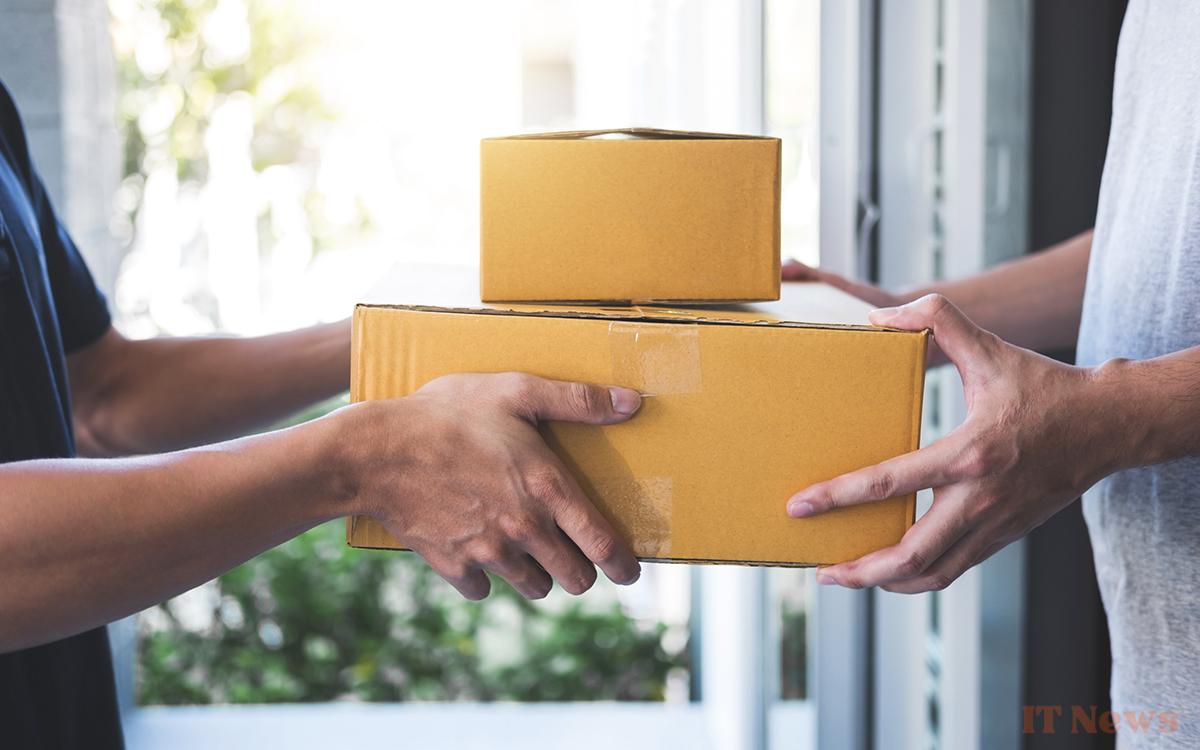A gang of thieves managed to steal thousands of iPhones across the United States using a formidable technique. They simply managed to obtain their tracking number via hacking... before showing up at the right addresses for delivery.
The technique of this gang of iPhone thieves comes from the United States. And its efficiency is undoubtedly favored by the habit of delivery people leaving packages outside, under the porches of houses. Nevertheless, this organized crime group managed to specifically target iPhones, with thousands of thefts to their credit.
The method was formidable, as our colleagues at the Wall Street Journal explain. They managed to steal thousands of FedEx tracking numbers using hacking software they designed. Some AT&T employees then allegedly received bribes in exchange for access to address lists and other details related to tracking numbers.
How technology helped an iPhone theft gang
The operation was well-crafted: the criminals offered large sums of money in exchange for information, or the recruitment of other company employees. Thanks to all this information, they knew exactly when iPhones would be delivered to which addresses. And so they only had to show up on the day of delivery to collect the goods without being worried.
The packages were then dropped off at several phone stores, where accomplices were responsible for sending everything abroad where the goods were sold. The deception was nevertheless detected by federal agents who investigated for several months several points used by the criminals as platforms for their illegal trade.
While this case, which has already caused significant damage, is still under investigation, several e-commerce players are concerned, across the Atlantic, about this growing alliance between organized crime and technology. FedEx assures that it is doing what is necessary to adapt its procedures and thus prevent the method from continuing to be used by gangs in North America.
Remains that variations of this method could, unfortunately, be exported and help criminals in other countries around the world. Outside the United States, the practice of leaving packages with valuables in front of homes remains rare, which limits the risks a priori. However, with very precise information about deliveries, criminals could easily pretend to be a recipient if the recipient is not at home when the delivery person calls.
Protecting yourself against the development of this type of theft remains quite simple. This could, for example, involve delivery to a relay point rather than to your address. Installing a video doorbell at the entrance to the home also seems to deter most of this type of theft.




0 Comments